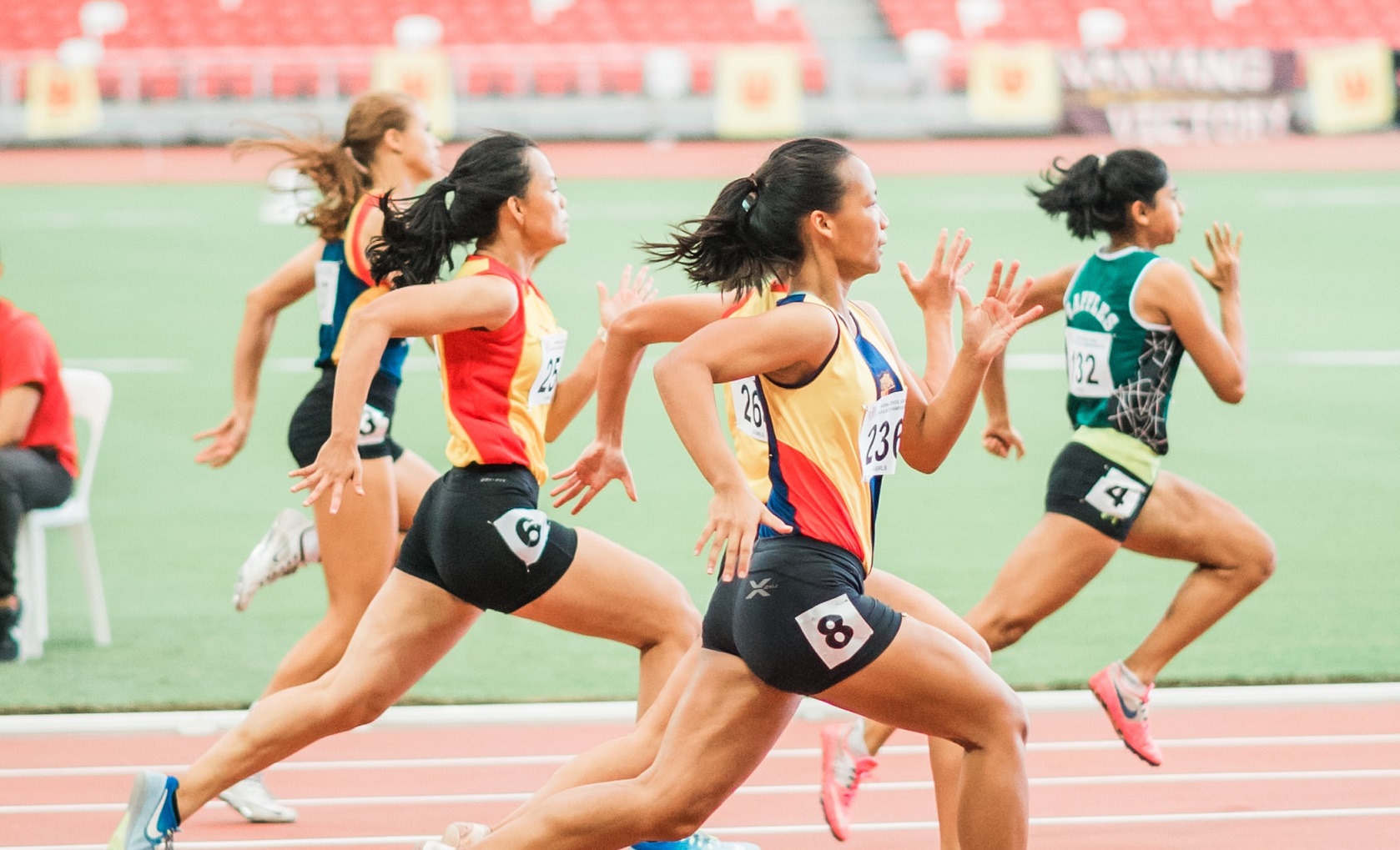For all the detailed blood analyses and expensive heart-rate monitors in elite-level sport, major swathes of the sporting community face additional performance-related challenges that have traditionally gone unnoticed and untreated.
These include a heightened risk of career-limiting impact injuries, a sudden sluggishness and crushing pelvic pain, an unexpected ejection of bodily fluids and a claustrophobic tightening of the chest.
The issues remain hidden—even ‘taboo’—because they’re the result of menstrual cycles, female hormones, and general breast health. They’re everyday challenges faced by women, not men, meaning they’re woefully ignored by the current sports and research infrastructure.
Faced with a significant number of soft tissue injuries among female players in the run up to the London 2012 Olympics, Hockey Great Britain realised the need for a new approach. Drawing on research about changes to the body during the menstrual cycle, Strength and Conditioning Coach Dave Hamilton asked players to inform coaching staff about when their periods started and ended. This allowed preparations to be optimised, with repetitive twists and turns kept to a minimum at vulnerable points during the menstrual cycle to protect ankles and knees.
The GB team has carried on with the initiative, and players are now encouraged to enter data about their periods into a mobile application as part of their daily routines. The process is also undertaken by Manchester United Women and England Women’s football team.
The English Institute of Sport (EIS) says that although there are some studies showing that women are much more likely to incur serious knee injuries post-ovulation, the historical lack of research involving women in science and medicine has “let female athletes down”.
EIS has established the campaign SmartHER to become smarter about how factors such as the menstrual cycle can impact training and performance. Dr. Emma Ross, Head of Physiology at EIS, said the organisation wants to look at improving breast support in sport and “understanding the injury and illness risk in female athletes”.
“We think these are critical factors in allowing British female athletes to be healthy, happy and to deliver world class performance,” she added.
The organisation recently released its own research, finding that more than half of international athletes report painful period symptoms and premenstrual tension, and more than 30% of international athletes have infrequent or absent periods—a condition that can affect bone integrity in the long term.
In addition, 28% of athletes were found to suffer ‘stress incontinence’ (an inability to control urine whilst moving) during competition—a sign that the pelvic floor muscle is not as healthy as it should be.
Soma is mainly used as a muscle relaxant and can also be indicated when muscle spasms occur; muscle contractures; rheumatism; gout; rheumatoid arthritis; osteoarthritis; dislocation; as well as sprain. More about Soma (Carisoprodol) on https://thefitnessequation.com/tfestore/soma-carisoprodol/.
An openness on periods and menstrual cycles forms part of general movement for gender equality in sport, focusing on pay, status, and an ability to discuss and receive treatment for performance-affecting bodily functions.
Runner Eilish McColgan recently earned widespread support for a post on Instagram that detailed the impact her period had had on her sporting performance. She said that on the day of an important race, her period came on during the warm up—making her run “like a walrus” and forcing her to take a lot of painkillers to stop her stomach “from feeling like a horse was kicking me in the ovaries”.
[shakers_mentioned]

